With the World Cup and summer Olympics recently finished, the topic of physical health in sports, particularly at mass events, comes into focus once more. Intense training or competition at mass events may create challenges regarding the cardiovascular safety of athletes. The most feared acute cardiovascular event is the occurrence of Sudden Cardiac Arrest (SCA), which could result in sudden death.[1] It is reported that SCA is one of the common medical causes of sudden death in athletes.[2]
Nevertheless, no obvious signs show before the attack of the SCA as it is an unexpected life-threatening event starting immediately. Cardiopulmonary resuscitation (CPR) and automated external defibrillator (AED), the effective ways to rescue patients with SCA, in this case, are not always initiated immediately, causing athletes to bear greater risks.[3]
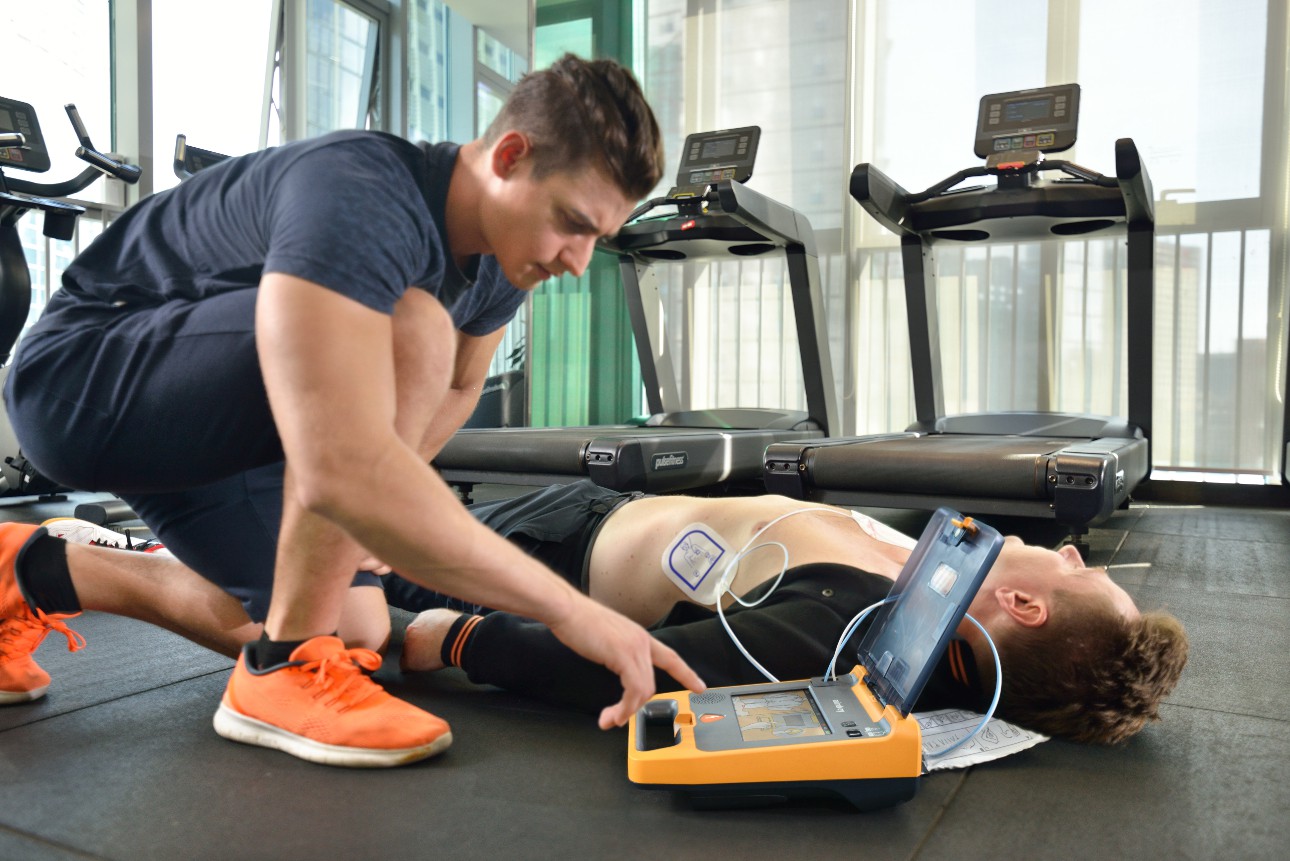
SCA is so terrible that the probability of survival will become very small without CPR and AED rescue within 3-5 minutes of the golden rescue time. [4] Therefore, here comes the significance of knowing how to perform CPR and AED rescue in athletes immediately and equipping durable AED equipment in specific venues, such as track and field training grounds and football fields.
How to Perform CPR and Use an AED Equipment on Athletes?
The performance of CPR usually happens in two situations: before the arrival of the AED equipment and after the instructions of “begin CPR” given by the AED device. Here are some steps to help you give a professional CPR for a collapsed athlete [5]:
- Kneel next to the athlete’s chest and delicately make them lie flat on the ground. Turn their head slightly backward.
- Check for any blockages in their mouth, such as gum or puke.
- Observe for no more than ten seconds with your ears near to their lips. Start CPR if you do not hear respiration or hear sporadic breaths.
- Put one hand on top of the other and buckle them together. Press the chest with the root of your hand in the center of the chest at a speed of at least 100 times per minute and a depth of at least 2 inches.
- Continue chest compression until the athlete shows signs of life or the rescuers and AED equipment arrive.
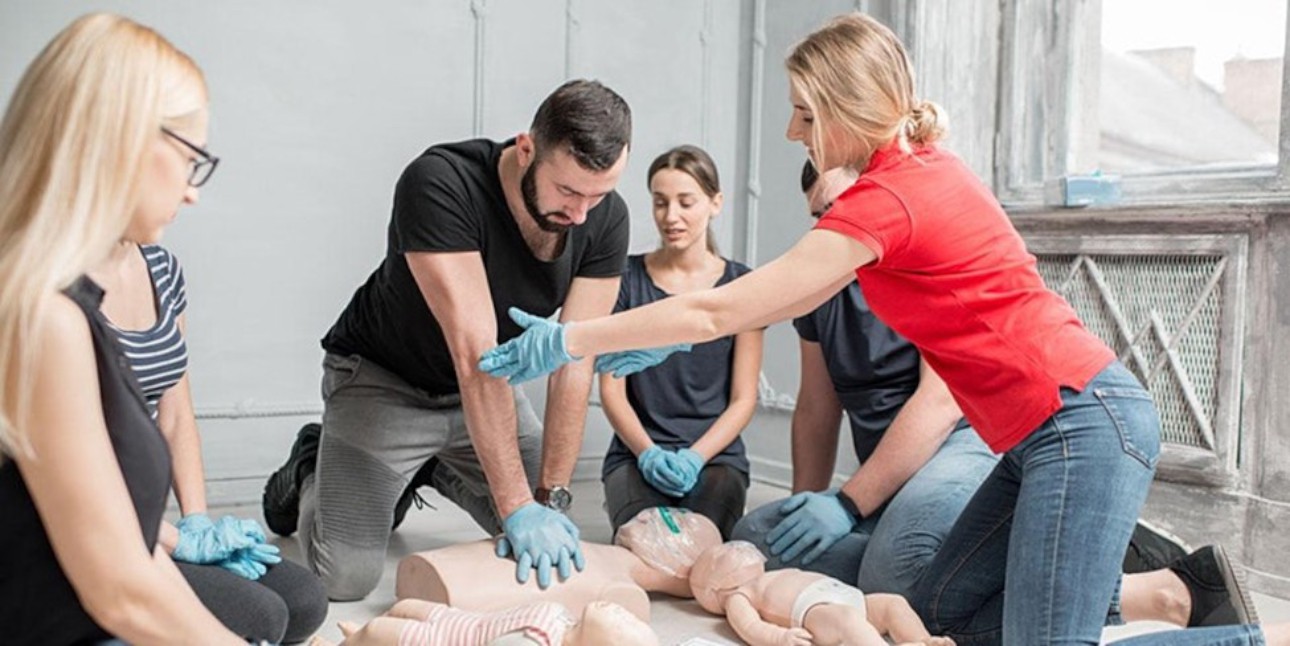
If the AED equipment is accessible immediately, apply AED and deliver the first AED shock immediately. Every minute matters, and the chance of survival decreases approximately 10% with every minute defibrillation is delayed. [3][5] Here are some steps to use the AED device on an athlete with SCA:
- Lay the athlete flat on the ground, then open the athlete's clothes to wipe away the water or sweat on the skin to keep the athlete's chest dry. Otherwise, it will affect the effect of the AED shock.
- Follow the audio or animation indication (It is available on some AED brands, such as Mindray AED) after powering on the AED equipment.
- Place the AED pads in the correct position on the athlete's chest. One of the pads is on the upper side of the right chest, while the other one is placed near the armpit area of the left arm, which is suitable for men and women.
- The AED device will analyze the athlete's heart rhythm automatically after placing the AED pads.
- If the AED indicates that an AED shock can be delivered, make sure no one touches the athlete, including yourself, and press the button to deliver an AED shock. (Fully automatic AEDs conduct electric shock automatically after indication.)
- Follow the AED equipment's directions for two minutes (about five cycles) of CPR after the AED shock delivery.
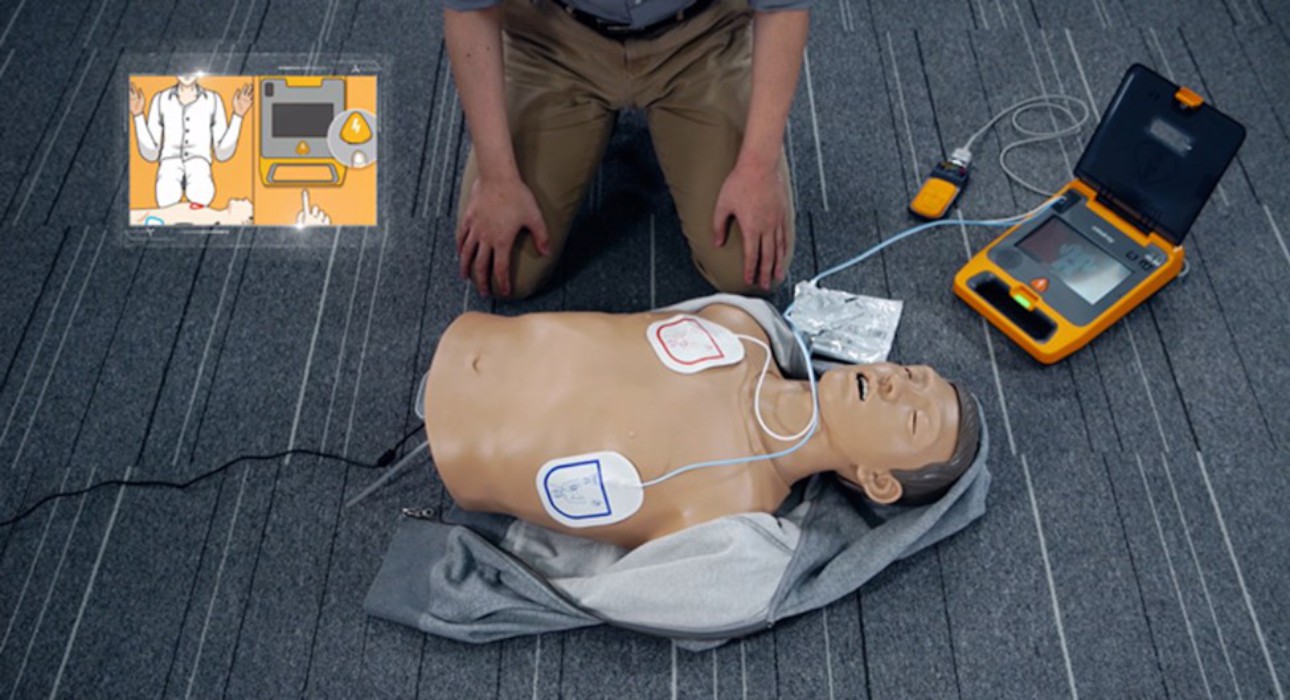
Configure Durable AED Equipment in Specific Sport Venues
Configuring durable AED equipment in specific venues counts to be the guarantee for the successful implementation of resuscitation. More than that, the European Association for Cardiovascular Prevention and Rehabilitation (EACPR) argued that the placement of automatic external defibrillators (AEDs) in public places hosting large-scale mass activities, including stadiums, as part of the strategic emergency plan is scientifically supported. [1] By strategically placing AEDs in specific sports venues, obtaining AEDs in the shortest time, and delivering the first AED shock to athletes within 3-5 minutes can be possible. [4]
Except for the strategic placement of AED equipment, the selection of durable AED is also meaningful. Successful defibrillation depends on the combined action of the fast and accurate AED shock and high-quality AED equipment and its accessories, which is what durable AED equipment can guarantee.
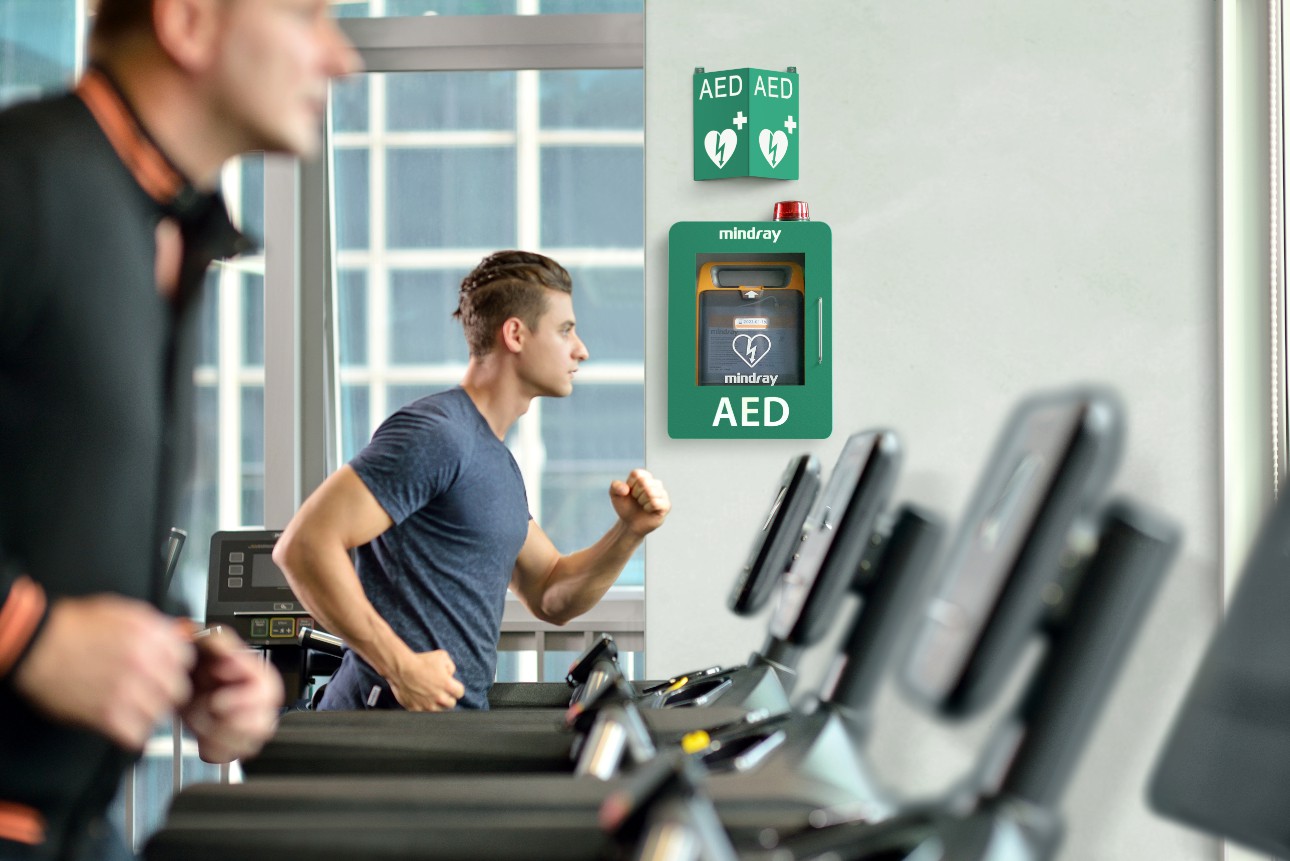
Which AED Brand Offers the Durable AED?
When it comes to durable AED device for sport venues, it is not wise of you to cut corners and compromise on their performance. It is important to choose a reliable AED brand that offers durable AEDs with good performance and quality.
If you are in the marketplace for a durable AED purchase, Mindray’s AED is the right option for sport venues. Qualified of the 1.5m drop test and having been rated IP55 level of dust and water resistance, Mindray AED is available to various scenes to resist irresistible factors. The 5-year shelf life of the battery and disposable AED replacement pads is the highlight of Mindray AED equipment different from other AED brands to reduce the frequency of accessory replacement in the subsequent use process so that the corresponding maintenance cost can be reduced sharply. For the person in charge of sports venues, Mindray AED equipment is not only durable but also cost-effective.
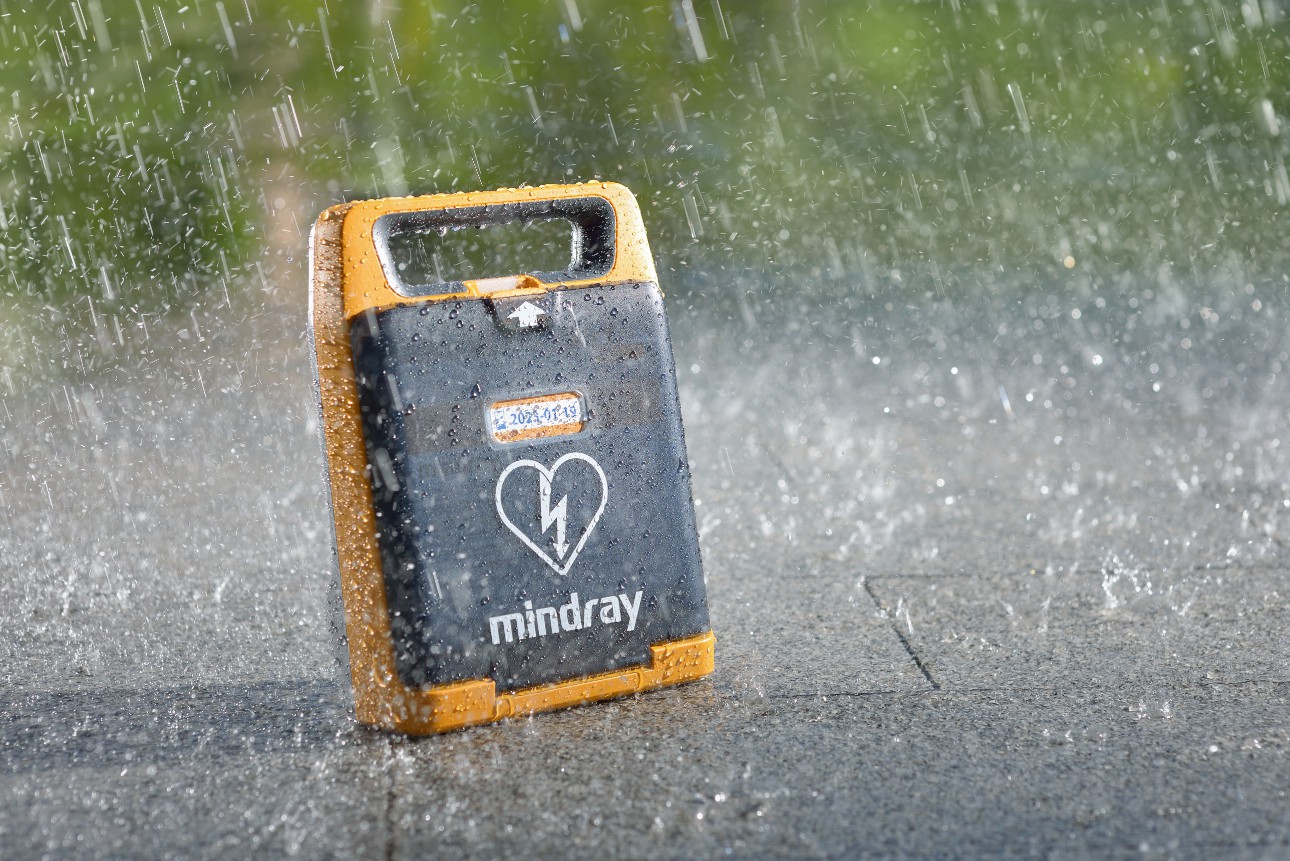
As the onset of SCA is unexpected, sudden, and without any obvious symptoms, CPR and AED rescue cannot be carried out in time always. Configuring AED equipment with high reliability and fast delivery time of the shock is conducive to improve the effectiveness of rescue. Mindray AED adopts QShockTM technology to realize the first AED shock to be delivered within 8 seconds, which allows the fast time of rescue for athletes with SCA.
Anyway, configuring durable AEDs with short shock delivery time, like Mindray AEDs, is the guarantee for the physical health of athletes and enthusiastic spectators in large gathering sports venues, where a variety of intense and exciting sporting events are held every year. More than that, stadium personnel had better to master how to perform CPR athletes and use a durable AED on athletes, because it effectively improves the survival rate of SCA during the golden rescue time.
References:
[1] Consensus document regarding cardiovascular safety at sports arenas: Position stand from the European Association of Cardiovascular Prevention and Rehabilitation (EACPR), section of Sports Cardiology. European Heart Journal, Volume 32, Issue 17, September 2011, Pages 2119–2124. Available at: https://doi.org/10.1093/eurheartj/ehr178 (Accessed: 18 September 2021)
[2] Incidence of sudden cardiac death in athletes: a state-of-the-art review. Br J Sports Med, August 2014, 48(15):1185-92. Available at: https://www.researchgate.net/profile/Kimberly-Harmon/publication/263432170_Incidence_of_sudden_cardiac_death_in_athletes_A_state-of-the-art_review/links/0a85e53b47c96e74d8000000/Incidence-of-sudden-cardiac-death-in-athletes-A-state-of-the-art-review.pdf (Accessed: 18 September 2021)
[3] Early recognition of sudden cardiac arrest in athletes during sports activity. Neth Heart J, January 2018, 26(1): 21–25. Available at: https://www.ncbi.nlm.nih.gov/pmc/articles/PMC5758452/ (Accessed: 18 September 2021)
[4] Emergency cardiac care in the athletic setting: from schools to the Olympics. Br J Sports Med, October 2012, 46(Suppl I):i85–i89. Available at: https://bjsm.bmj.com/content/bjsports/46/Suppl_1/i85.full.pdf (Accessed: 18 September 2021)
[5] European Resuscitation Council Guidelines for Resuscitation 2015: Section 2. Adult basic life support and automated external defibrillation. Resuscitation, October 2015, Pages 81-99. Available at: https://ercguidelines.elsevierresource.com/european-resuscitation-council-guidelines-resuscitation-2015-section-2-adult-basic-life-support-and/fulltext (Accessed: 18 September 2021)
